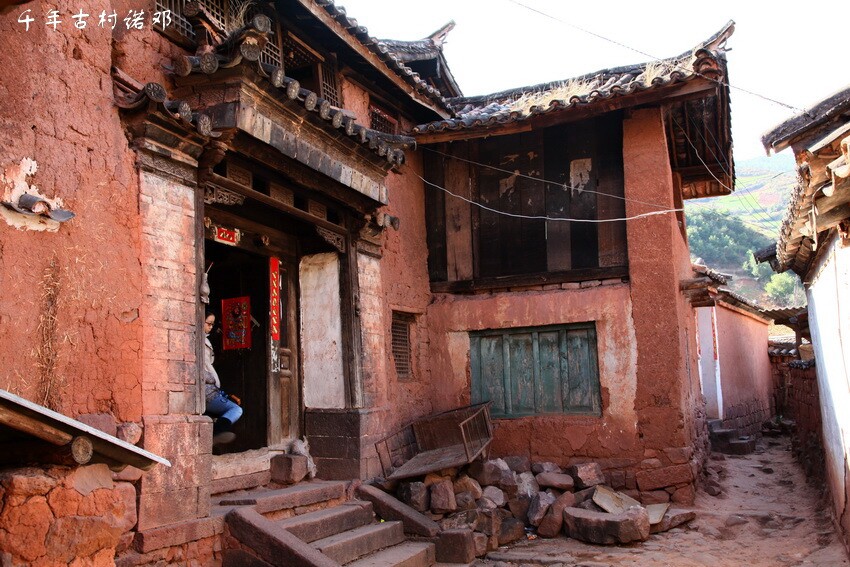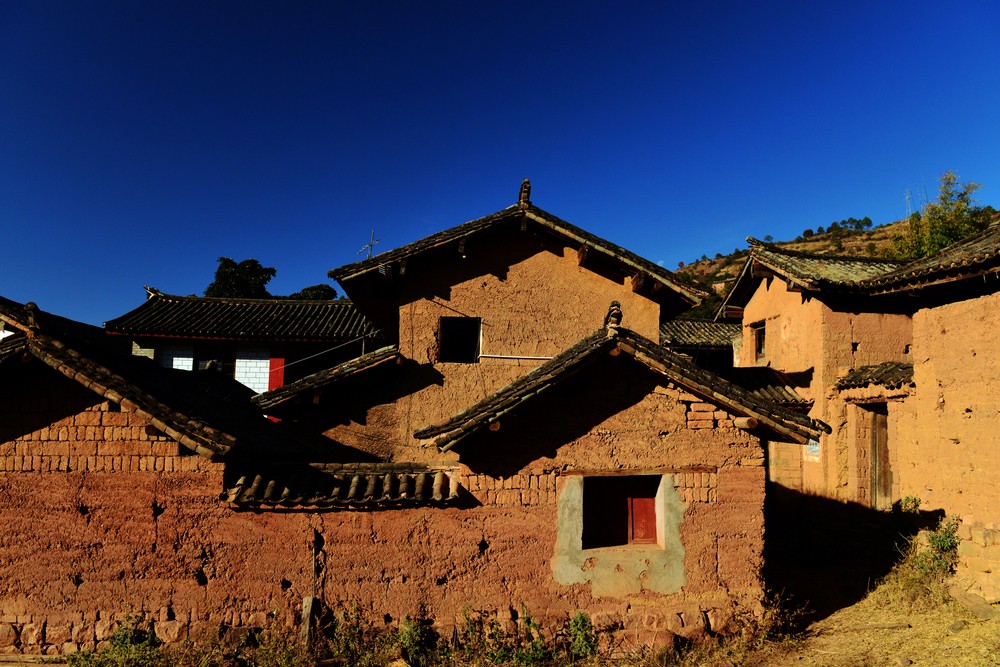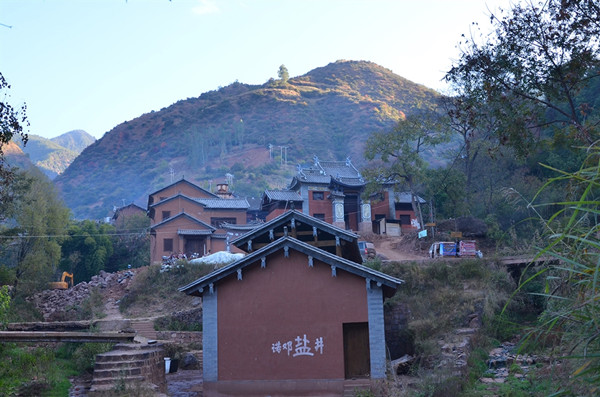















Nuodeng, a famous historic and cultural village of Yunnan province. Nuodeng village of Yunlong county lies to the rendezvous place of the world natural legacy---Three Rivers, which is a place of interest. It is about 160 kilometers from Dali city in the east.As early as in 110AD in the Han Dynasty, Emperor Wudi set up Bisu County at this place, where there was a fine salt well and people began to develop it. During Nanzhao Kingdom, A History of the Minority Nationalities records something about Nuodeng well. In Ming Dynasty, One of Four Institutions of Yunnan especially in charge of the tax revenue imposed on “Five Salt Wells ” was established in Nuodeng. Finally, Nuodeng ,became the center of the Old Salt/Tea Road, with Dali in the east, Baoshan in the south, Tengchong and Burman in the west, Lijiang and Tibet in the north.

Nuodeng is one of oldest and traditional village of Yunnan, which is the oldest famous economic town of Bai Nationality amassing most of ancient buildings and cultural relics of Ming and Qin Dynasties. Nowadays, Nuodeng Village still owes more than one hundred local-style dwelling houses and yards, which are at the foot of a hill and beside a stream with flexible shapes and elegant styles.What’s more. There are a lot of temple buildings such as Yuhuangge Pavilion, Wen Temple, Wu Temple, Dragon Temple, Squared Gate built in Ming and Qin Dynasties. The sites of salt well, salt bureau, salt institution and the old post road, streets and the old salt/horse road can easily be seen. All of these are living materials to show the prosperity of salt economy and the development of culture. It has also demonstated that the main culture, policy, economy of the Chinese nation always can be unified and traced to the same origin with Yunnan, a multi-national border province of China. Welcome to Nuodeng Yunlong!

You'll hear much of the‘thousand—year—old village’around these parts, and it refers to this lovely anachronistic hamlet with one of the highest concentrations of Bai in Yunnan£®Nuodeng, around 7 km northwest of Yunlong, is unquestionably the highlight to any visit to the area£®Ponies and donkeys huff and clop up cool narrow flagstone streets amid buildings which seemingly haven’t changed a whole lot since they went up during the Ming and Qing dynasties£®A Bai populace indeed—you’ll hardly hear Mandarin¡¢let alone English here£®Among the myriad architecture you’ll find temples, weathered but still proud gates, a Confucian temple now used as a school, ancient burial spots, and the most unretouched Bai courtyards of anywhere in Yunnan£®

And salt£®Along with Haijing, this village was one of the epicenters of the crucial salt trade£®The old Tea Horse Trail ponies were lugging not just leafy riches but also white gold as they headed for Tibet, Burma and India£®Oh, and the millennial moniker is a bit misleading:tile first salt well was set up here as far back as the Hall dynasty in tile 2nd century AD£®
Entering the village from Yunlong, you cross the river and hit tile first of the town’s many salt wells£®Grubby today, perhaps, but it was once the lifeblood of dynastic ambition. Ascending from here you start into your own personal architectural tour£®The paths narrow and lead into a wondrous labyrinth of more than 100 ancient dwellings£®The village's salt administration buildings have got most of the exterior touch ups, not to mention the only English signage you’11 see£»the interiors, however, are sadly bare£®But it’s really the nameless dwellings—yeah, they still contain folks living with their chickens with drying peppers everywhere—that make the trip worthwhile£® You'll likely be invited in to nose around a few places£®Just remember to be polite and not get too animated with the camera£®
Of the two shouldn't—be—missed historical spots in the village, first up comes the town’s Confucian Temple, now home to a primary school£®The kidds’ll eat up a visit fro you, even as the teachers try to keep them from getting distracted by the lfiowdi(foreigners)£®Further uphill is the grand old Yuhuang Pavilion (£»Yuhuang Ge), built in the 16th century and then rebuilt in the late Qing dynasty after it burned down£®
Admission Fee:¥0

You will only receive emails that you permitted upon submission and your email address will never be shared with any third parties without your express permission.
